No description yet: Can you help?
Apostel-Johannes-Kirche


No description yet: Can you help?
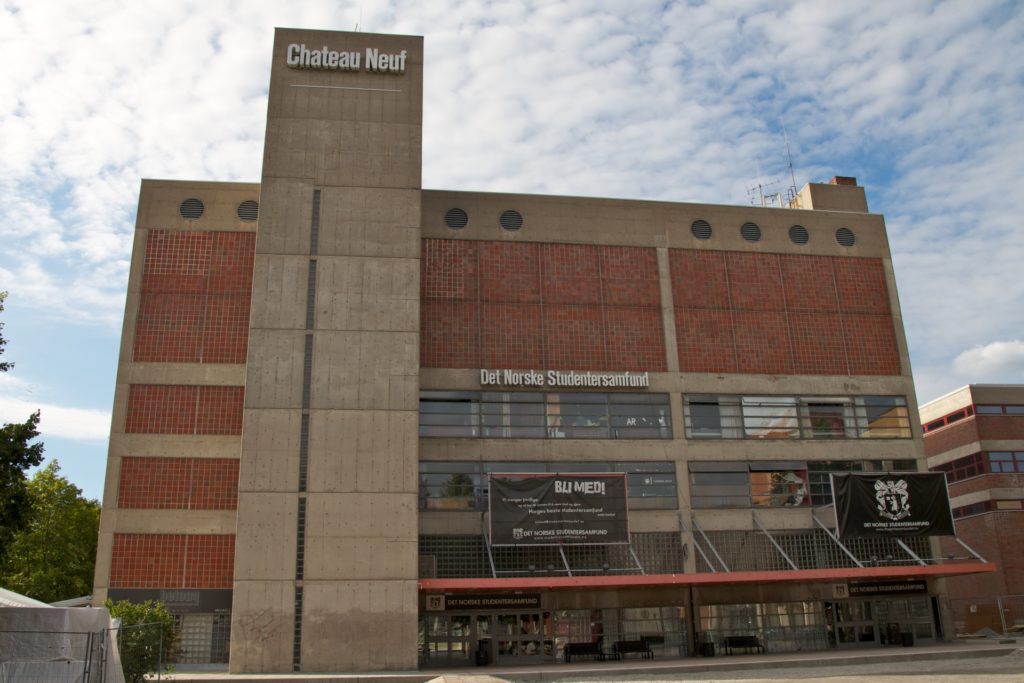
No description yet: Can you help?
Bands of exposed concrete, glass and dark steel alternate on the façade. With its Brutalist design language it is a radical departure from the traditional small town hall architecture with gabled roofs, plaster and flower boxes.
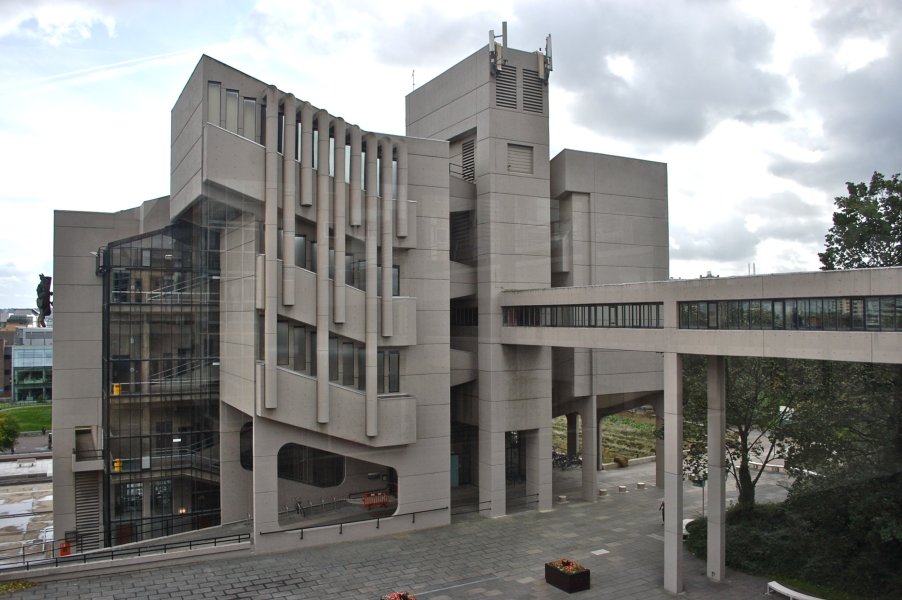
No description yet: Can you help?
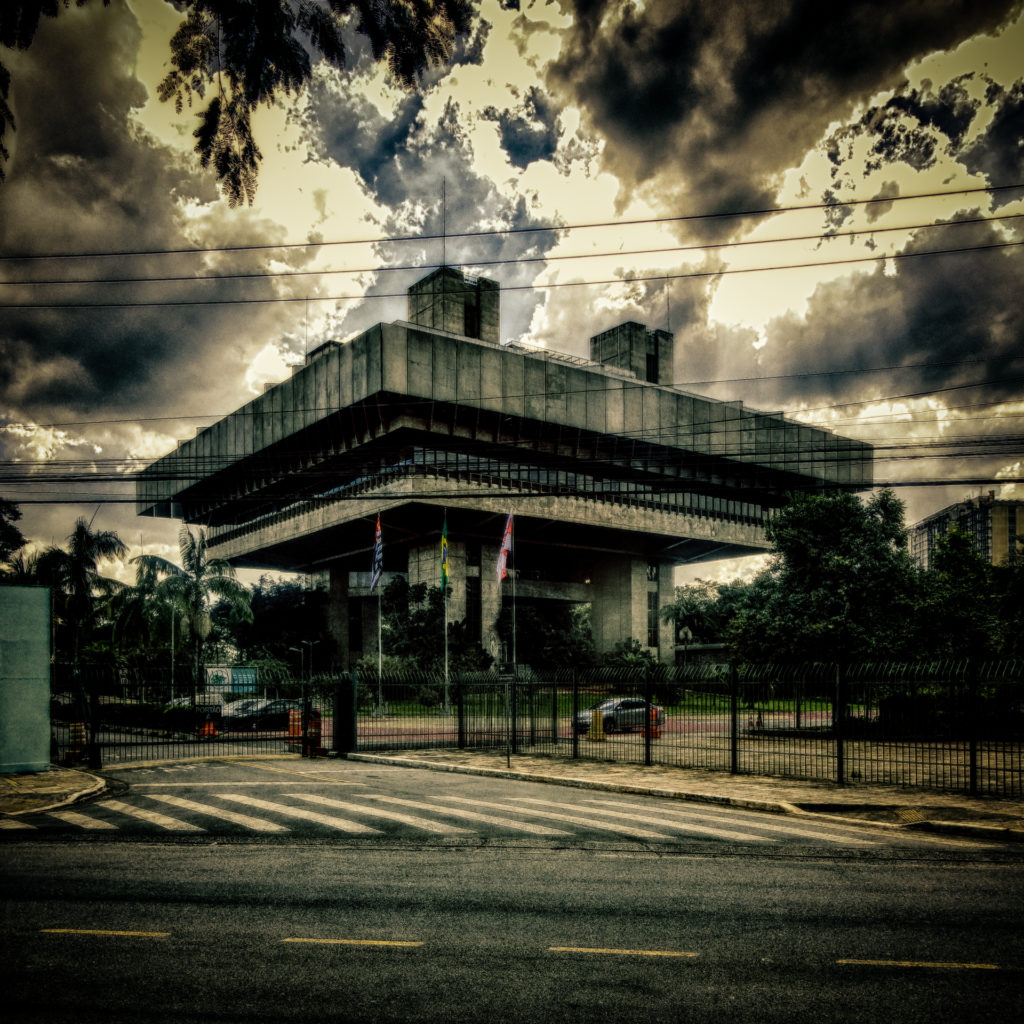
No description yet: Can you help?
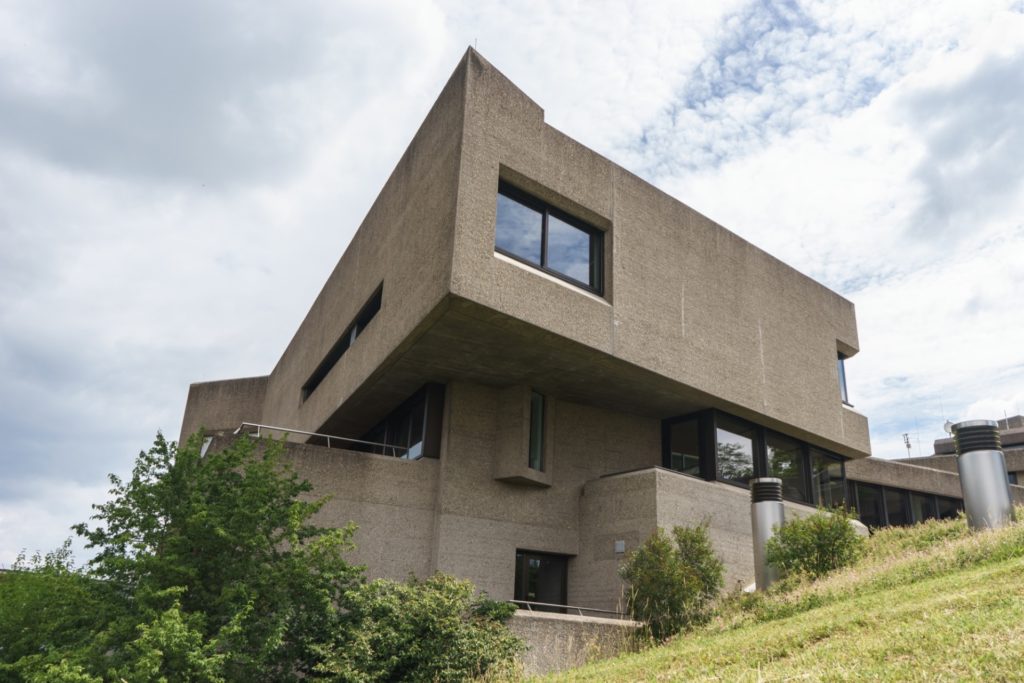
No description yet: Can you help?
No description yet: Can you help?
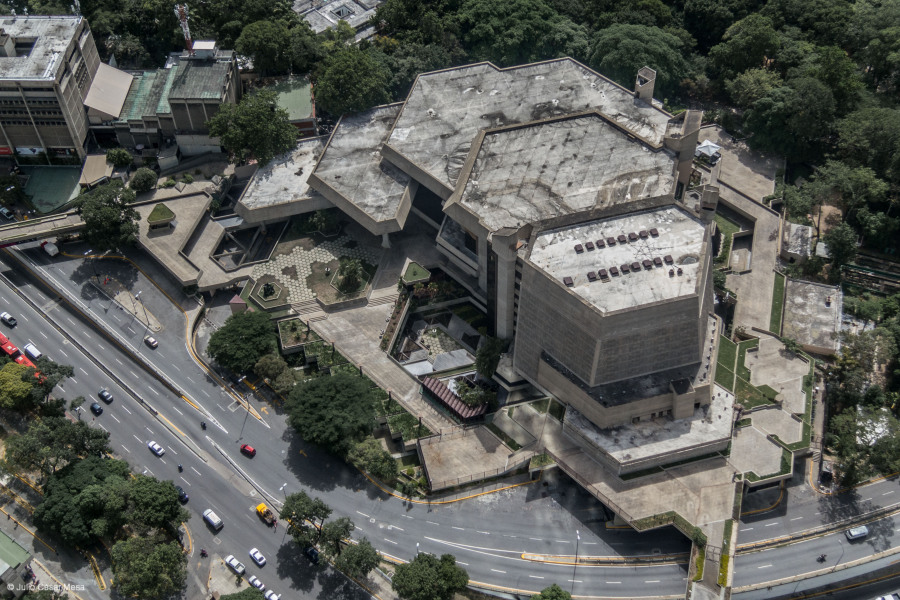
No description yet: Can you help?
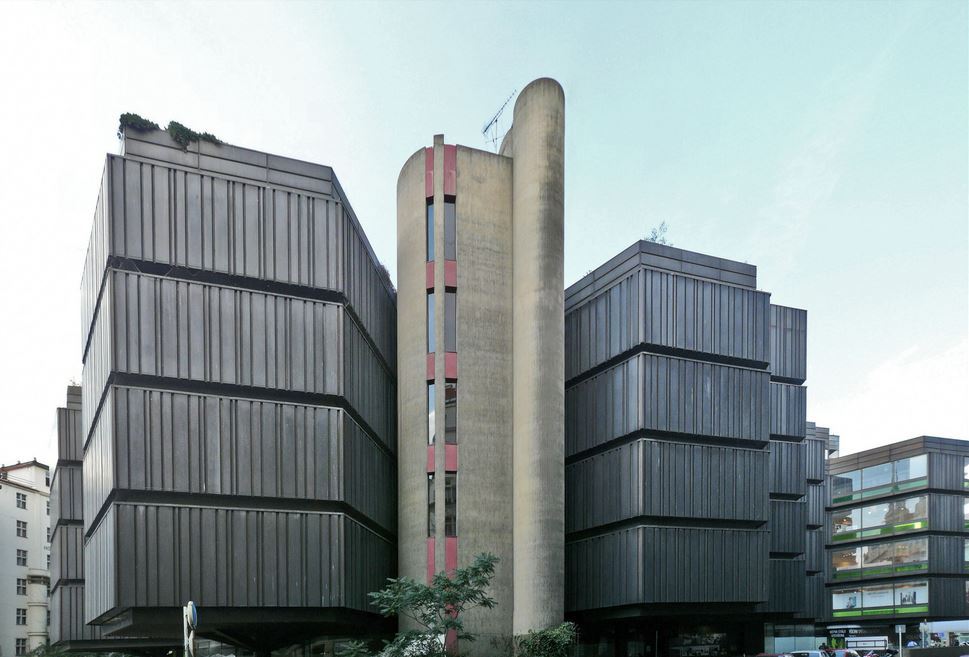
Being in the historical city centre of Prague, the area designated for the new department store was quite complex. An architectual competition was organised in order to find the best idea for its architectual and urbanistic solution. The Machonins’ …
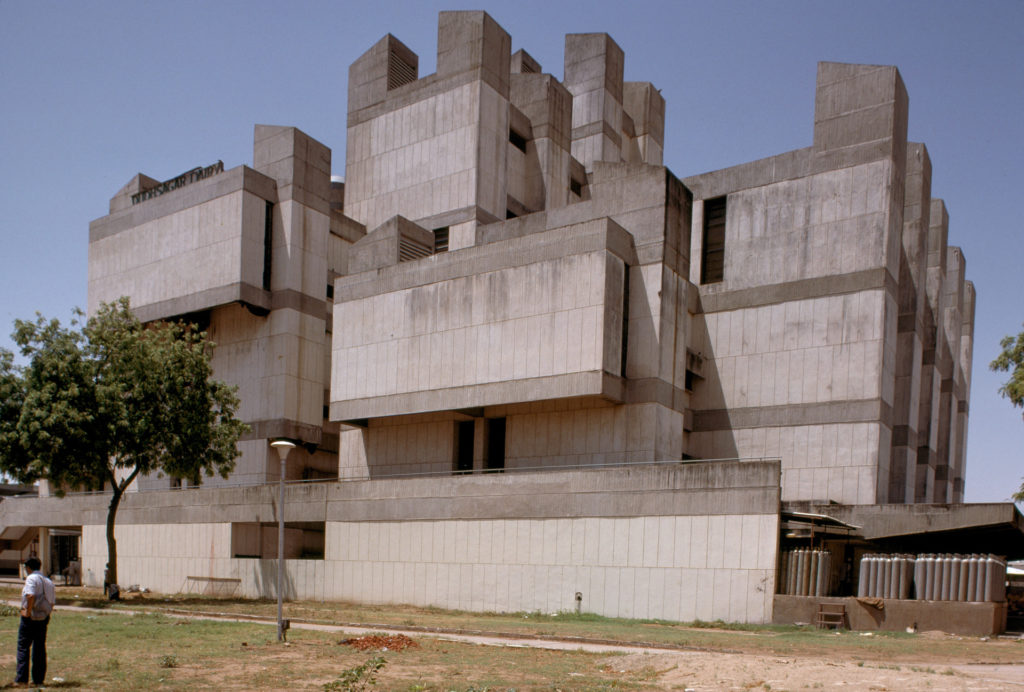
No description yet: Can you help?
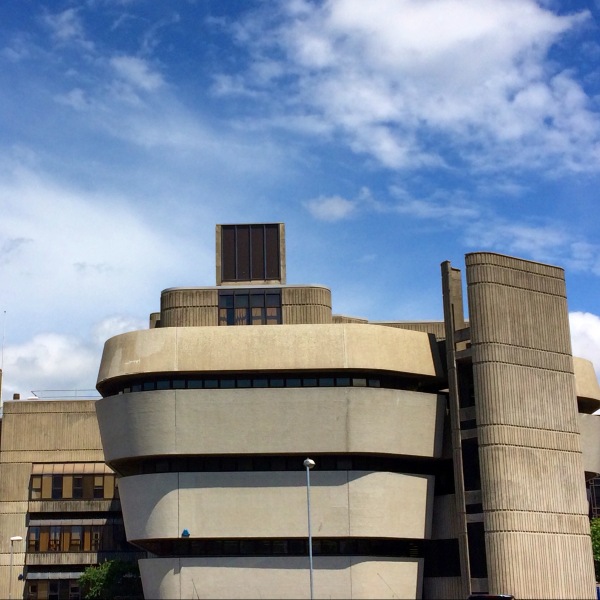
The library resembles a brutalist version of Frank Lloyd Wright’s Guggenheim Museum in New York.
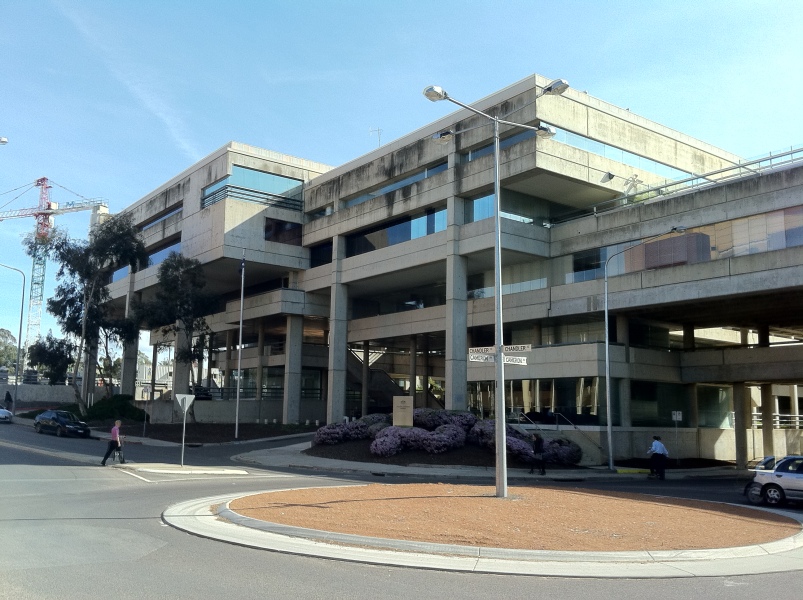
The Cameron Offices were planned at a time when the focus of urban planning was on expanding suburbs. The most characteristic façade element: the pillars that are placed on the outside to enable interiors free of supports.

Alongside Herwig Udo Graf Szauer was the second prominent Burgenland brutalist architect. The school is one of the last buildings to exist with the original interior intact.
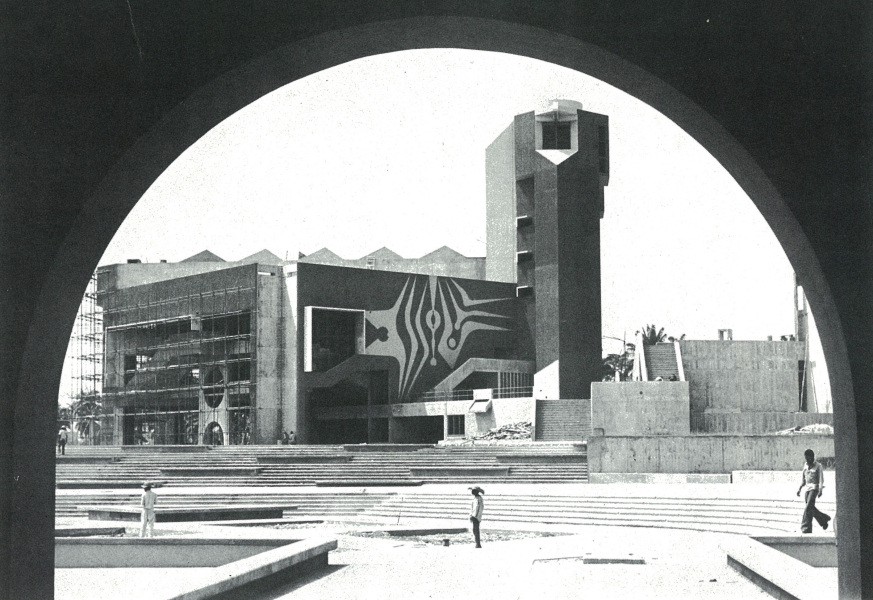
No description yet: Can you help?
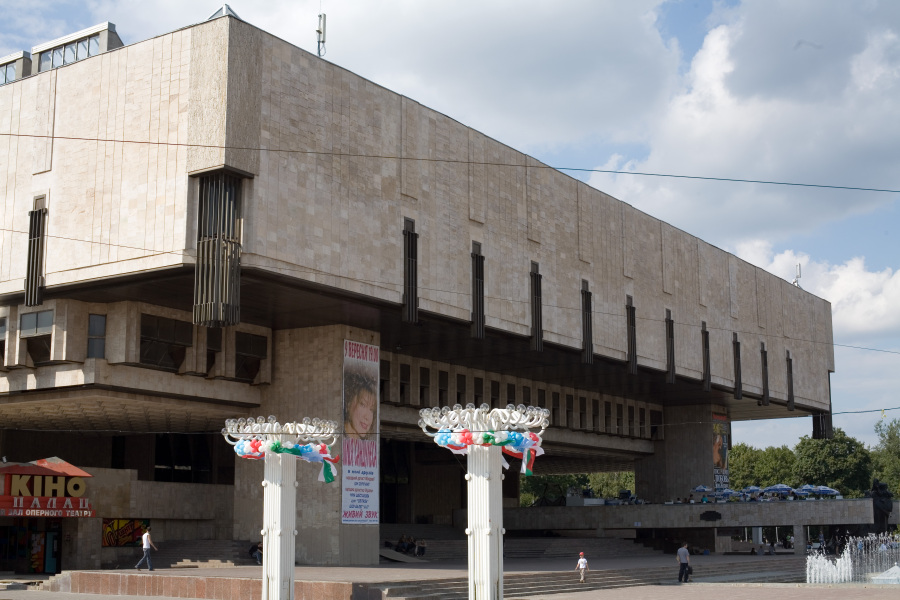
No description yet: Can you help?
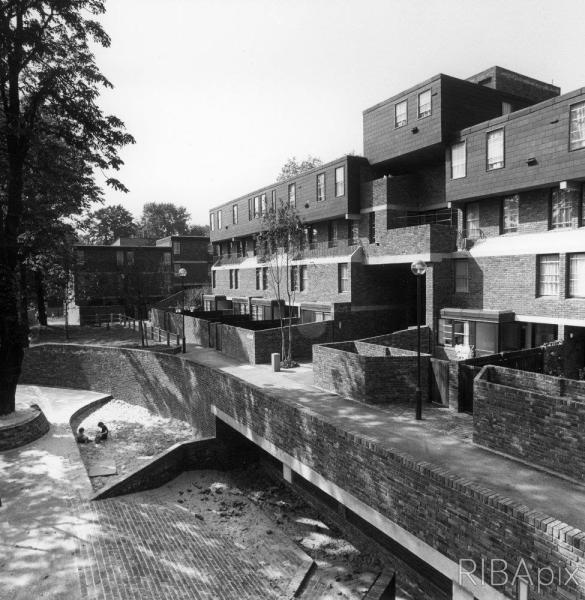
No description yet: Can you help?
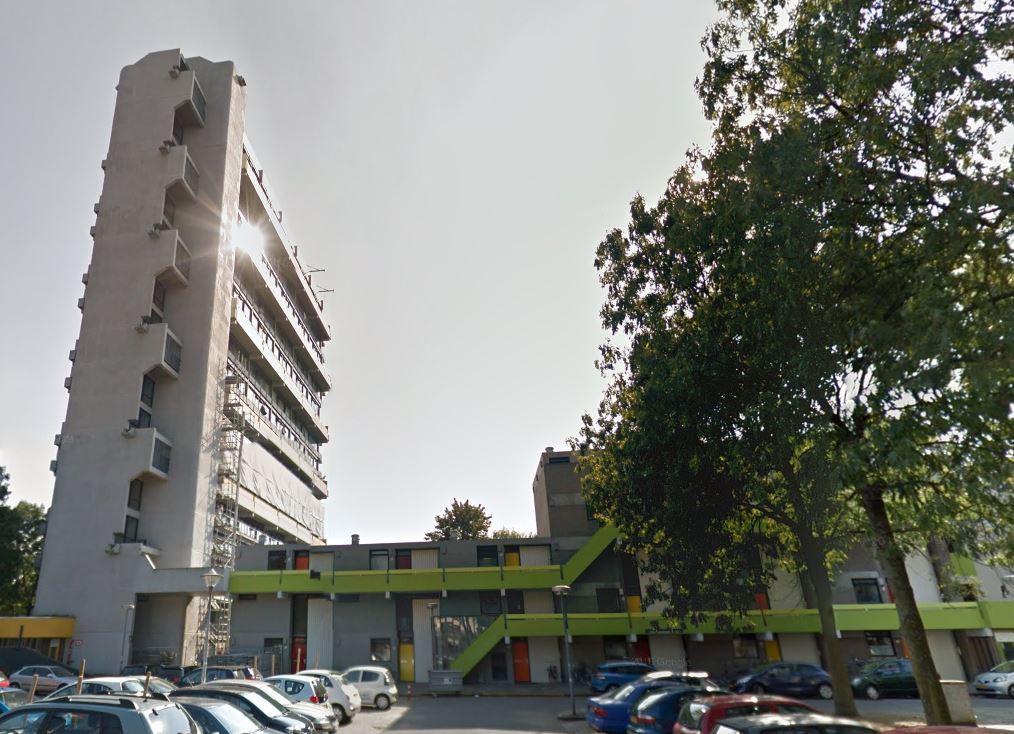
The complex provides affordable student housing in three high-rises plus interconnecting low-rises. The apartments consist of three floors at split-levels with the entrance being to the middle one.
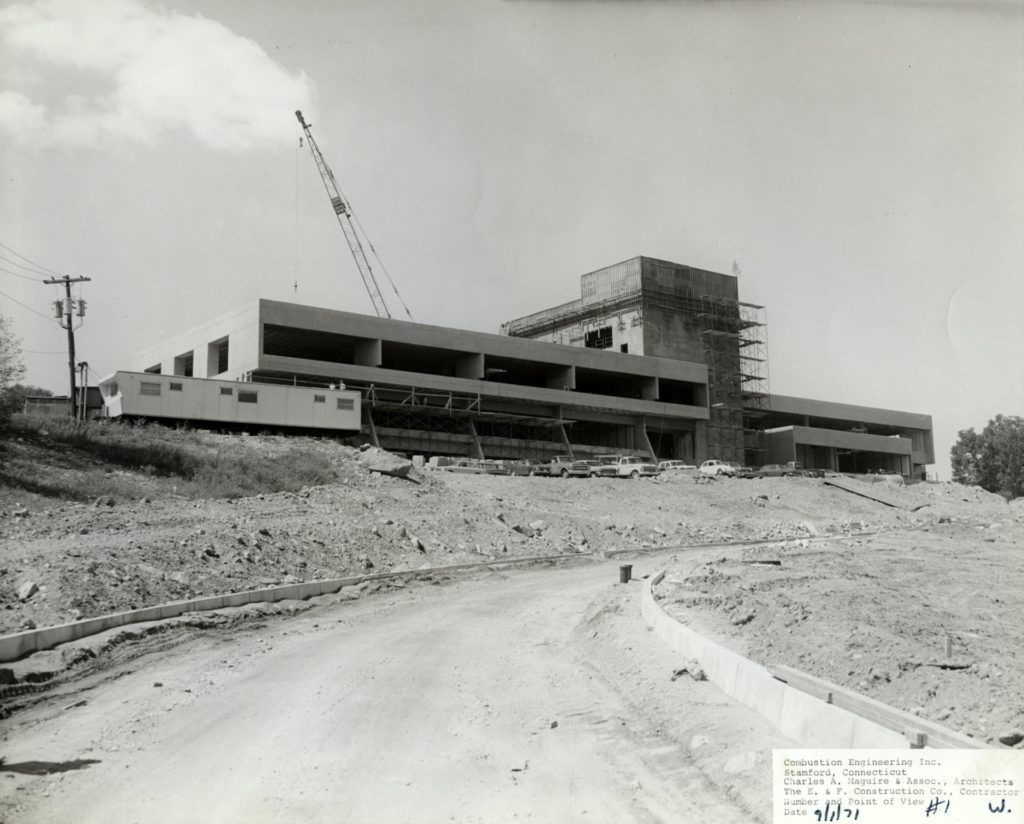
In the spring of 1970 the design development planning began for this 60,000 s.f., 5.5 million dollar project. By summer footings were being prepared and by the fall of 1971 the project was substatially complete. The building is located on a suburban sit…
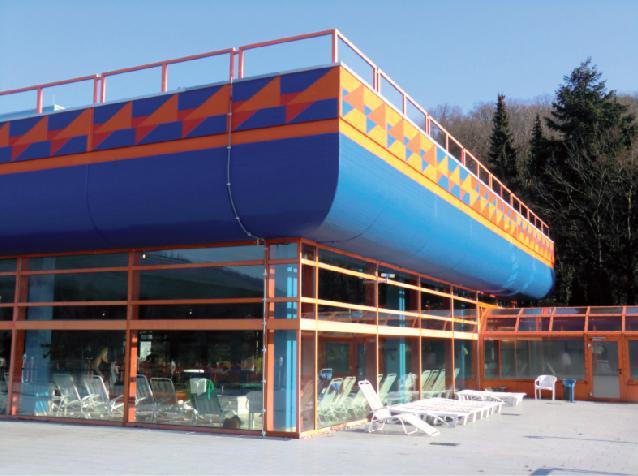
No description yet: Can you help?
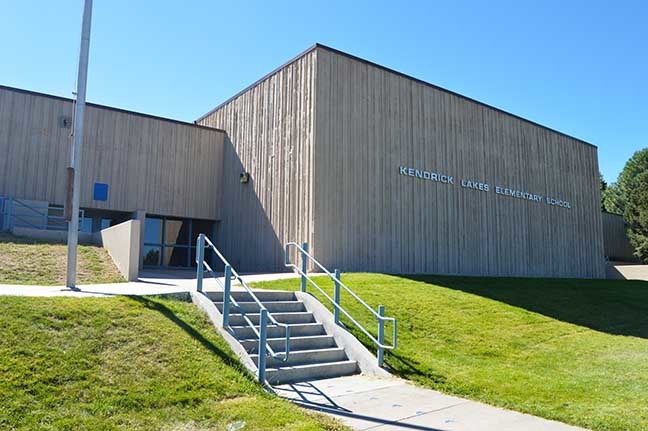
No description yet: Can you help?